

| Carsten Heveling |
| Kollektion: Original & Unrestauriert collection: original & unrestored colección: original y sin restaurar collection: original & Non restauré collezione: originale e non restaurata |
Unrestaurierter Originalzustand - unrestored original - original no restaurado - original non restaurée - originale non restaurato |
|||||||||||||||||||||||||||||||||||||
| Ein gleichtöniges Bandoneon in der Anlage Péguri / gegenparallel. Das Instrument wurde von Alfred Arnold im Jahre 1939 gebaut. Es überdauerte die Jahrzehnte ungespielt und ungestimmt in der Schweiz. Das Instrument erscheint vollkommen unberührt und ist komplett original bis in das Detail. Es besitzt handgefertigte Zungen (a mano). Klanglich erscheint das Instrument überdurchschnittlich kraftvoll. Das gleichtönige System besitzt denselben Ton im Aufzug- wie im Zudruckspiel auf jeder Taste. Es war ursprünglich eine Entwicklung des Französischen Stimmplattenherstellers Péguri. Hintergrund dieser Entwicklung war, die Adaption des Bandoneons für Akkordeonspieler zu erleichtern ... Charles Péguri (Biografie) Es gibt das parallele und gegenparallele System. Das parallele System ist vergleichbar dem C-Griffsystem in der Akkordeonwelt in linken und rechten Hand. Das Gegenparallele System ist gleich in der rechten Hand jedoch gegenläufig in der linken Hand und referiert auf das B-System in der Akkordeonwelt. Dieses Bandoneon besitzt das sehr seltene gegenparallele System. Im B-System (Akkordeon) hat man im Gegensatz zum C-System die tiefen Töne auf der unteren Seite der Tastatur. Der Unterschied zwischen den beiden Systemen besteht darin, daß auf der ersten Tastenreihe des C-Systems die Tasten c, dis, fis, a zu finden sind, während auf der ersten Reihe des B-Systems die Tasten d, f, g, h zu finden sind. Ein Vorteil des B-Systems für den Akkordeonisten (und Spieler des gegenparallelen Systems, wie bei diesem Bandoneon) ist, daß man die schnellen Stellen mit den starken Fingern 2 und 3 spielt. Beim C-System dagegen spielt man die tieferen Töne mit dem starken Fingern und die virtuosen Stellen mit den schwächeren Fingern 3, 4 und 5. Alle folgenden Fotos zeigen den unrestaurierten Originalzustand. |
An unisonoric Bandoneon with the contra parallel Péguri layout. The instrument was built by Alfred Arnold in 1939. It survived unplayed and untuned in Switzerland. The instrument appears completely untouched and is fully original in every detail. It has handmade reeds (a mano). Sonically, this instrument appears to be over average powerful. The unisonor system has the same tone in the opening and closing on each key. It was originally a development of the French reedplate manufacturer Péguri. The background to this development was to facilitate the adaptation of the Bandoneon for Accordion players ... see Charles Péguri (biography) There is the parallel and counter-parallel system. The parallel system is comparable to the C fingering system in the accordion world in left and right hand. The counter-parallel system is the same in the right hand but opposite in the left hand and refers to the B system in the accordion world. This Bandoneon has the very rare counter-parallel system. In the B system (accordion), unlike the C system, you have the low notes on the lower side of the keyboard. The difference between the two systems is that on the first row of keys of the C system you can find the keys c, d sharp, f sharp, a, while on the first row of the B system you can find the keys d, f, g, h. The B system has the keys c, d sharp, f sharp, a, while on the first row of the B system you can find the keys d, f, g, h. One advantage of the B system for the accordionist (and player of the counter-parallel system, as with this Bandoneon) is that you play the fast parts with the strong fingers 2 and 3. With the C system, on the other hand, you play the lower notes with the strong fingers and the virtuoso passages with the weaker fingers 3, 4 and 5. All of the following photos show the unrestored original condition. |
||||||||||||||||||||||||||||||||||||
|
|||||||||||||||||||||||||||||||||||||
|
|
||||||||||||||||||||||||||||||||||||
 |
 |
 |
 |
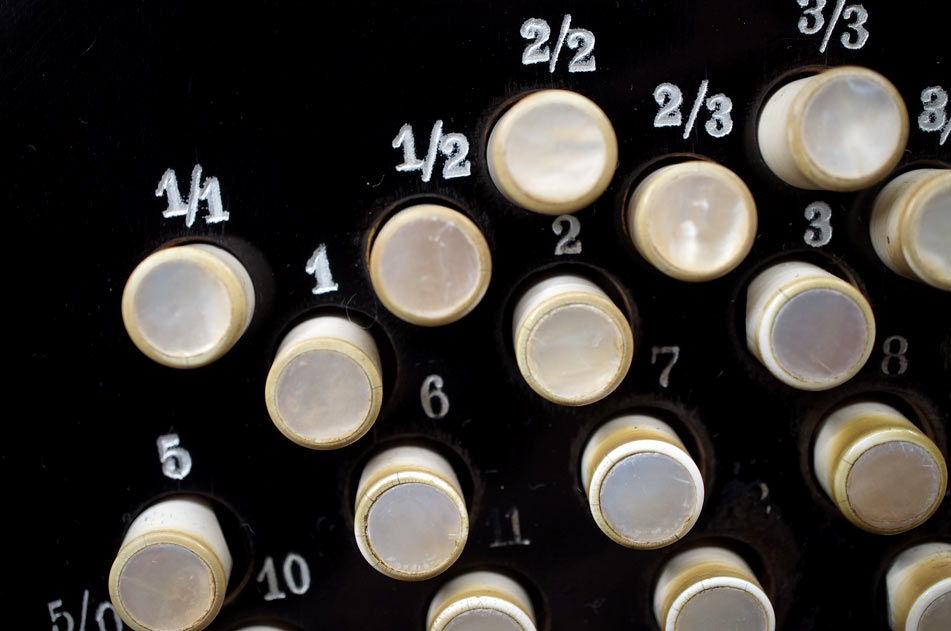 |
 |
 |
 |
 |
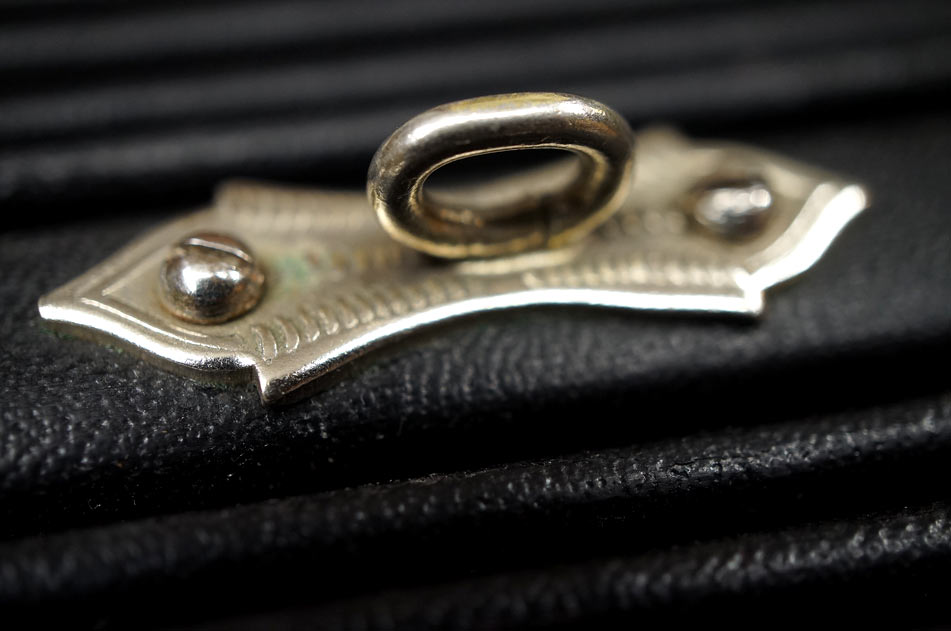 |
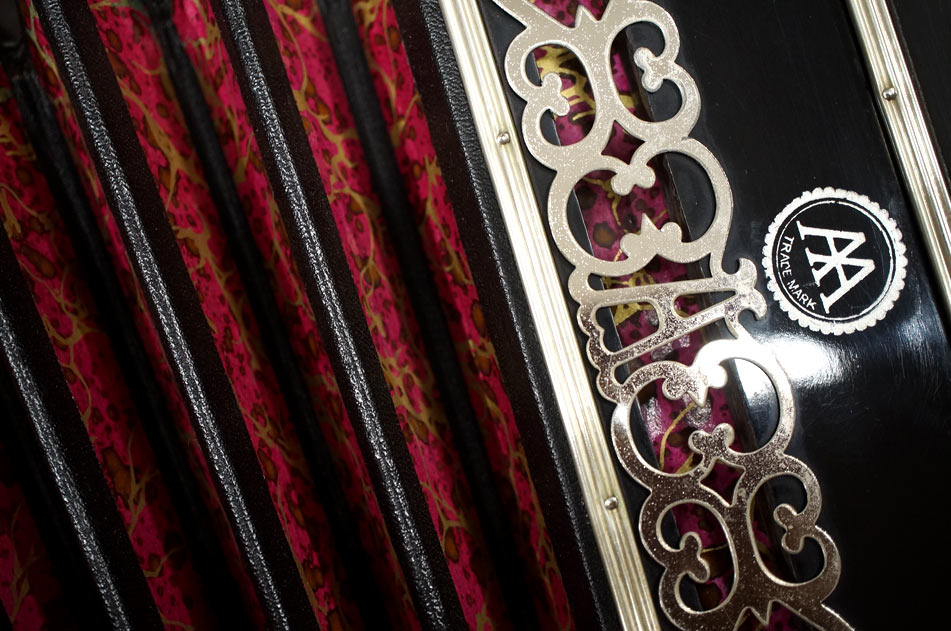 |
 |
 |
 |
 |
 |
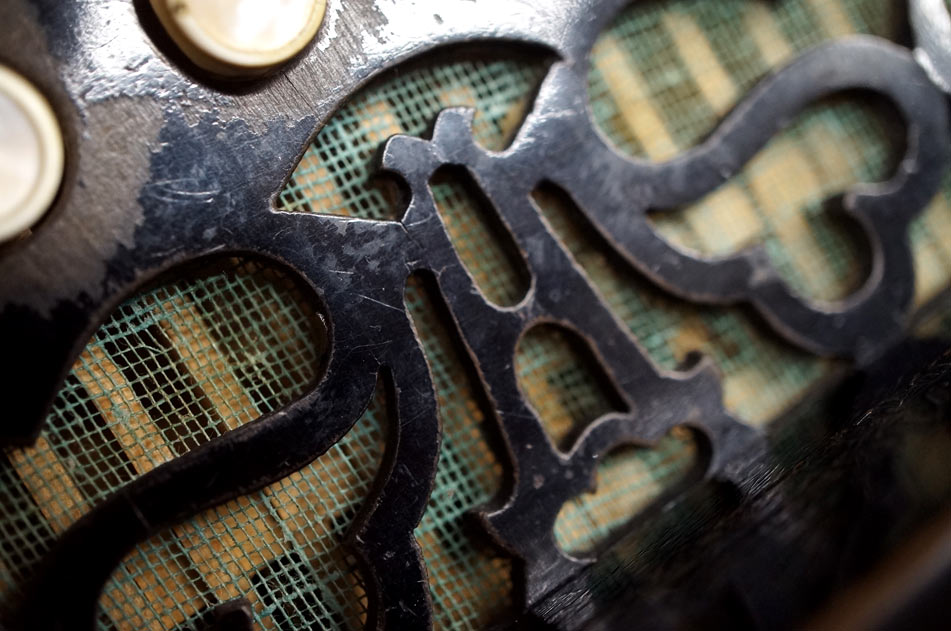 |
 |
 |
 |
 |
 |
 |
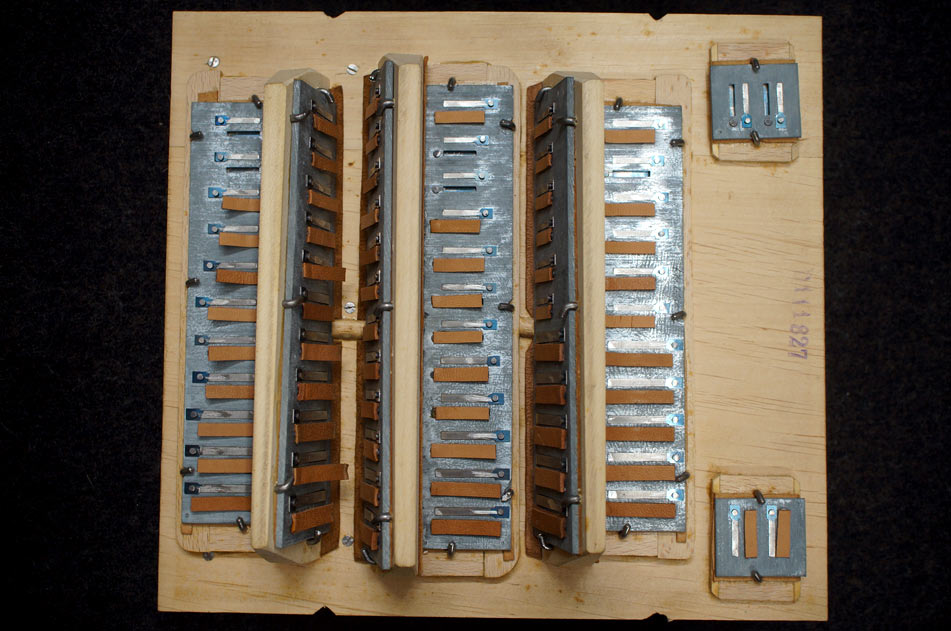 |
 |
 |
 |
 |
 |
 |
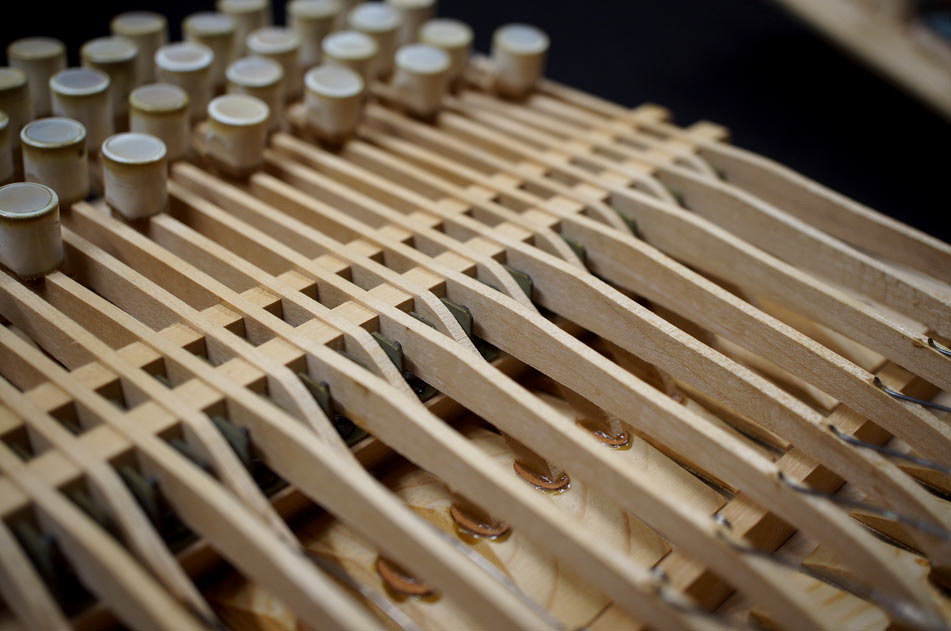 |
 |
 |
 |
 |
 |
 Keine qualitative Bildbearbeitung (Photoshop). Keine Verwendung einer sog "KI". No qualitative image processing (Photoshop). No use of so-called "AI" |
|
| © 1998-adhuc BANDO BANDO Wuppertal | |
| Kontakt / Impressum Datenschutzhinweis & Hinweise zur Nutzung |